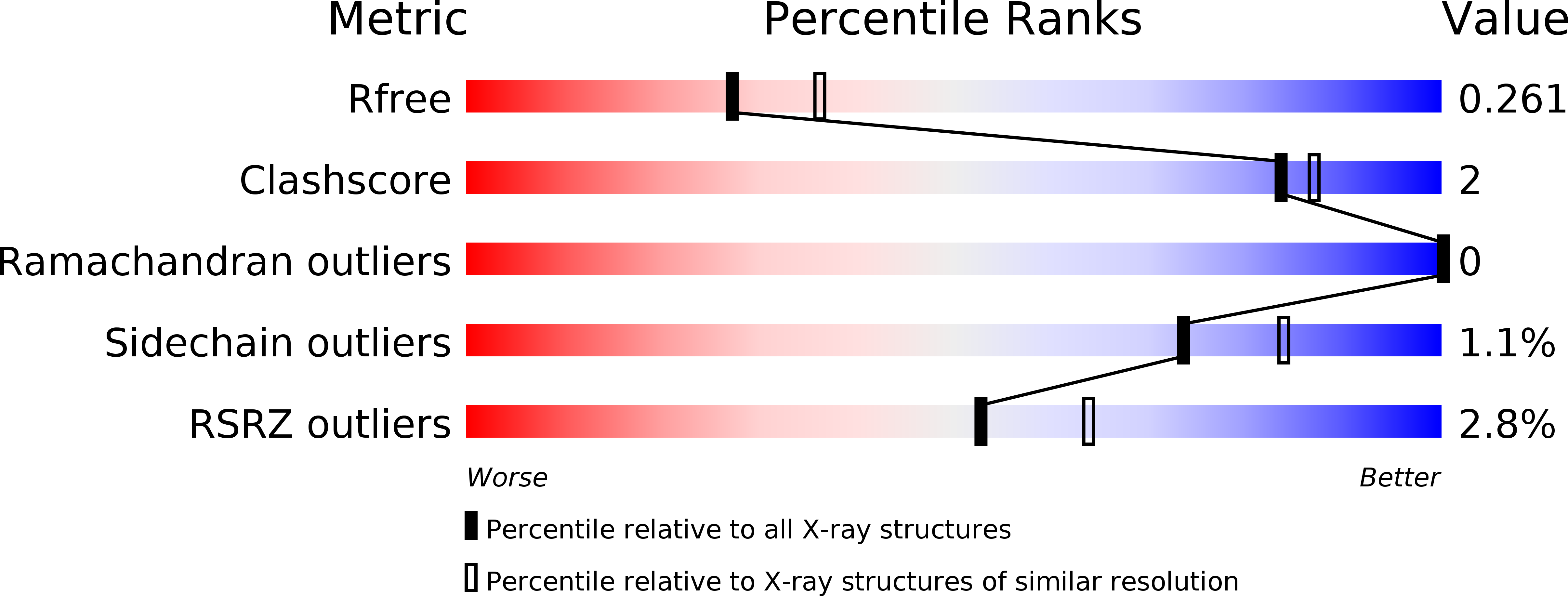Structural Plasticity of Eph-Receptor A4 Facilitates Cross-Class Ephrin Signalling
Bowden, T.A., Aricescu, A.R., Nettleship, J.E., Siebold, C., Rahman-Huq, N., Owens, R.J., Stuart, D.I., Jones, E.Y.(2009) Structure 17: 1386
- PubMed: 19836338
- DOI: https://doi.org/10.1016/j.str.2009.07.018
- Primary Citation of Related Structures:
2WO1, 2WO2, 2WO3 - PubMed Abstract:
The EphA4 tyrosine kinase cell surface receptor regulates an array of physiological processes and is the only currently known class A Eph receptor that binds both A and B class ephrins with high affinity. We have solved the crystal structure of the EphA4 ligand binding domain alone and in complex with (1) ephrinB2 and (2) ephrinA2. This set of structures shows that EphA4 has significant conformational plasticity in its ligand binding face. In vitro binding data demonstrate that it has a higher affinity for class A than class B ligands. Structural analyses, drawing on previously reported Eph receptor structures, show that EphA4 in isolation and in complex with ephrinA2 resembles other class A Eph receptors but on binding ephrinB2 assumes structural hallmarks of the class B Eph receptors. This interactive plasticity reveals EphA4 as a structural chameleon, able to adopt both A and B class Eph receptor conformations, and thus provides a molecular basis for EphA-type cross-class reactivity.
Organizational Affiliation:
Division of Structural Biology, University of Oxford, Henry Wellcome Building of Genomic Medicine, Roosevelt Drive, Oxford, UK.




















